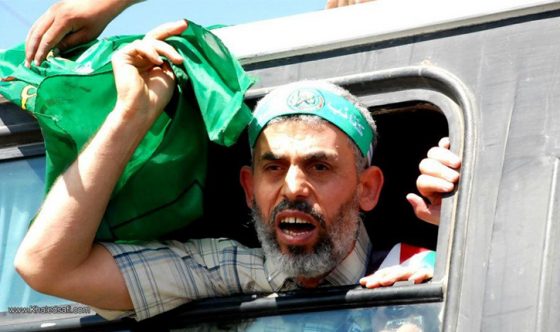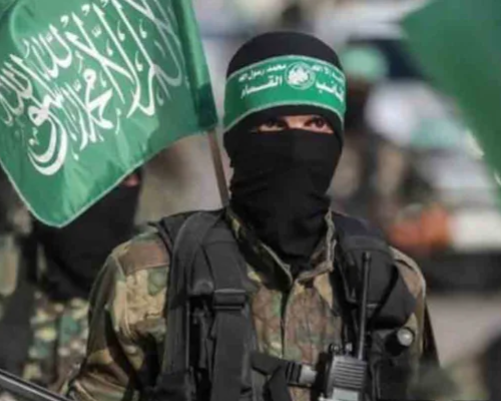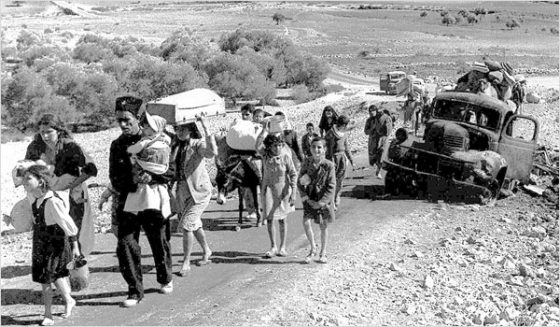
- Dr. James M. Dorsey
- September 5, 2019
- Paper No. 1279
A controversial former security official and Abu Dhabi-based political operator, Muhammad Dahlan, has lurked for several years in the shadows of Palestinian politics. It is possible that he will emerge in an attempt to pave the way for US president Donald Trump’s much maligned “Deal of the Century” to resolve the Israeli-Palestinian conflict.









